Setting the scene: You've just thought up the next brilliant invention that will change the world. Now it’s time to start prototyping via 3D prints.
The only problem? You have no idea how to design a 3D model for print.
Partnering with an experienced 3D designer is the logical next step, but you are worried about being able to effectively communicate your vision. Although a good design partner will ensure that you understand what is going on with your project, it always helps to understand industry terminology.
Here are some of the most used terms when it comes to 3D printing projects:
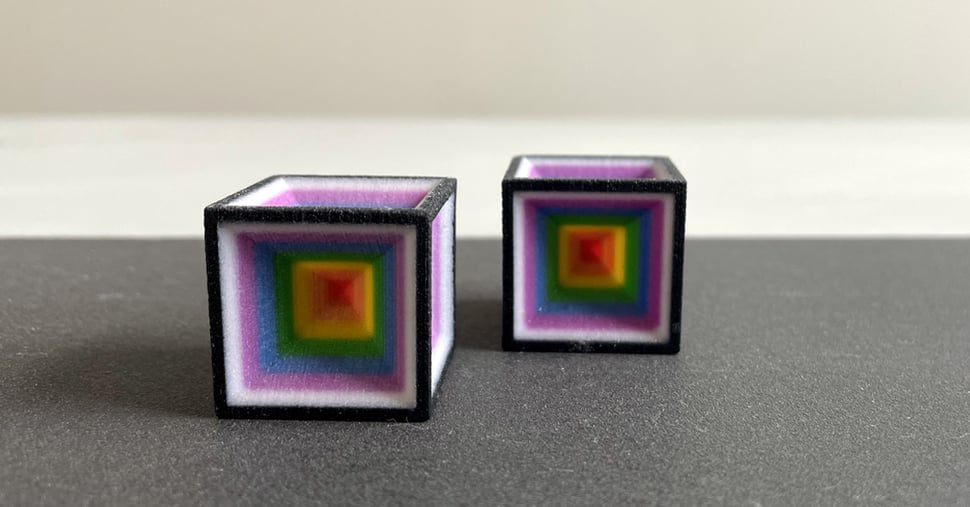
ABS
ABS stands for “Acrylonitrile Butadiene Styrene”. It is a strong, oil-based, plastic filament used for printing 3D models. Although 3D models printed using this material are typically more durable than models made of other materials, the resolution is typically standard as oppose to high.
Additive Manufacturing
The process of creating a 3-dimensional item by adding layer of materials on top of each other. This process is more commonly referred to as “3D Printing”.
Bridging
A “bridge” refers to a flat, horizontal part of the model which is suspended in midair that connects to two or more raised areas of a 3D printed model. “Bridging” is the actions of joining the raised area via a “bridge”.
CAD
CAD stands for “Computer-Aided Design”. CAD drawings are created using computer software to create models using geometrical parameters.
Curing
Curing is the act of exposing your printed model (typically a resin print) to UV light. This allows for new chemical bonds to form, improving the strength and stability of your 3D print.
Filament
These are the reels of plastic material that are loaded in the 3D printer to create your model. You can think of filament as the “ink”.
File Type
Also known as “File Format” is the structure of a file that tells a program how to display the digital information. It is important to discuss which file type is needed for your project as different types are used for 3D modeling, printing, and 2D drawings.
Fill
This refers to the material inside of a part.
Also see Infill
Fill Density
This refers to the amount of material inside of a part. This is measured from 0-100%, with 0% meaning there is no material inside of the part and 100% meaning that the part is entirely filled with material.
Also see Infill Density
Fill Pattern
Also known as an infill pattern, this refers to the structure and shape inside a part. The patterns can affect the strength, flexibility, weight, and print time of your 3D print.
Geometry
The outer shape of a model. Your model’s geometry may be referred to as either simple, or complex.
Infill
This refers to the material inside of a part.
Also see Fill
Infill Pattern
Also known as a fill pattern, this refers to the structure and shape inside a part. The patterns can affect the strength, flexibility, weight, and print time of your 3D print.
Infill Density
This refers to the amount of material inside of a part. This is measured from 0-100%, with 0% meaning there is no material inside of the part and 100% meaning that the part is entirely filled with material.
Also see Fill Density
Layer
And individual plane of material. 3D printing works by adding layers on top of one another to create a 3D shape.
Layer Height/Thickness
The vertical measurement of each layer of a 3D print. Smaller layer heights/thicknesses result in a higher resolution print, whereas greater layer heights/thicknesses result in lower resolution prints.
Mesh
This refers to the group of polygons used to create a 3D structure.
Minimal Layer Time
The time it should take to print one layer. If a layer is projected to print under the minimal print time, the printer will slow down to ensure that the layer is properly cooled before printing the next layer.
Model
The result of a 3D, mathematical representation of a structure. A model can either be displayed as a flat image, 3D digital rendering, or a printed piece.
PETG
PETG stands for Polyethylene Terephthalate Glycol. It is a 100% recyclable plastic which can be used in printing 3D models.
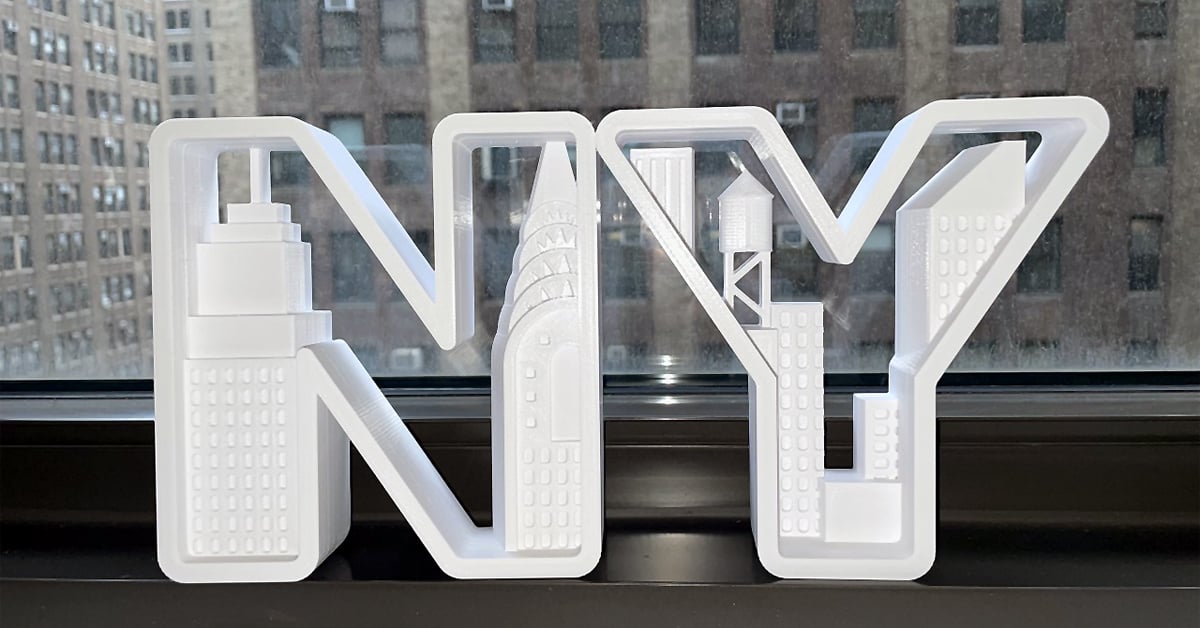 PLA
PLA
PLA stands for Ploylactic Acid. These are thermoplastics made from organic materials. Prints made from PLA filaments tend to be shinier and smoother than models made from ABS filaments.
Print Bed
The flat surface in a 3D printer where the print head lays down the layers that make up a 3D print.
Print Speed
How fast the 3D printer can produce a model.
Print Volume
The maximum size of a model that a 3D printer can produce in one piece.
Render
The artistic representation of modeled objects.
Resolution
The level of detail at which your 3D print is created. A higher resolution means greater level of detail, while a low resolution refers to a low level of detail.
Seam, Z Seam
A line of defects that occurs along the z-axis where the beginning and end of the layers meet. These can be minimized or eliminated either by randomizing where each layer begins and ends, or by placing the seam on a sharp corner of your model.
Shell
This refers to the outer perimeter of each printed layer.
STL
This is the standard file type used in 3D printing. STL stands for Standard Tessellation Language.
X-Axis, Y-Axis, Z-Axis
A way of referring to locations in 3-dimensional space. See image below:

About BluEdge
BluEdge is a national provider of comprehensive Business Technology Solutions and Experiential Marketing Services. We’ve been supporting our clients since our establishment in 1898. BluEdge has been family-owned and operated for over 125 years and is proud to be a certified Woman Business Enterprise.
BluEdge has six locations in Carlstadt, NJ, New York, NY, Boston, MA, Philadelphia, PA, Washington, D.C., and Chicago, IL.
Looking for 3D Printing Services?
Send us a message and one of our experts will get back to you shortly.




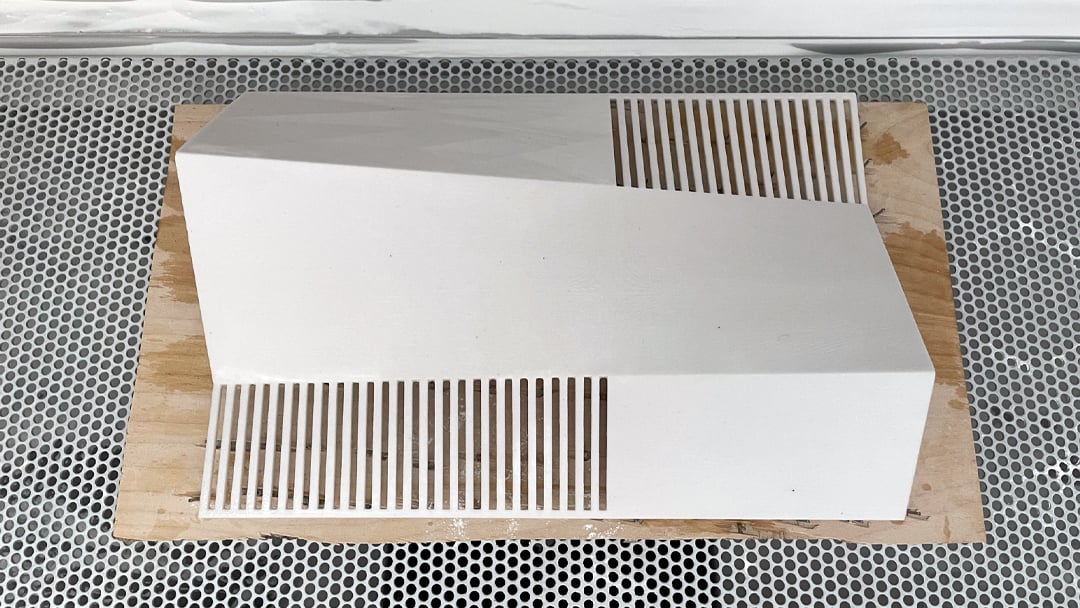
.jpg?width=715&name=thumbnail_IMG_5253%20(1).jpg)
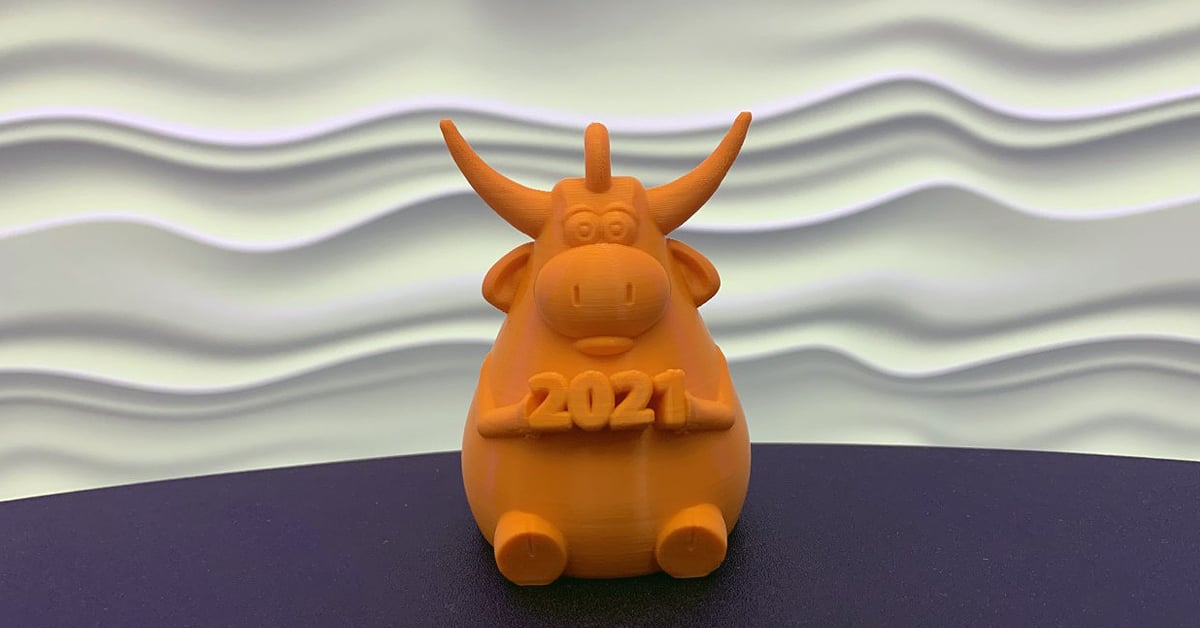

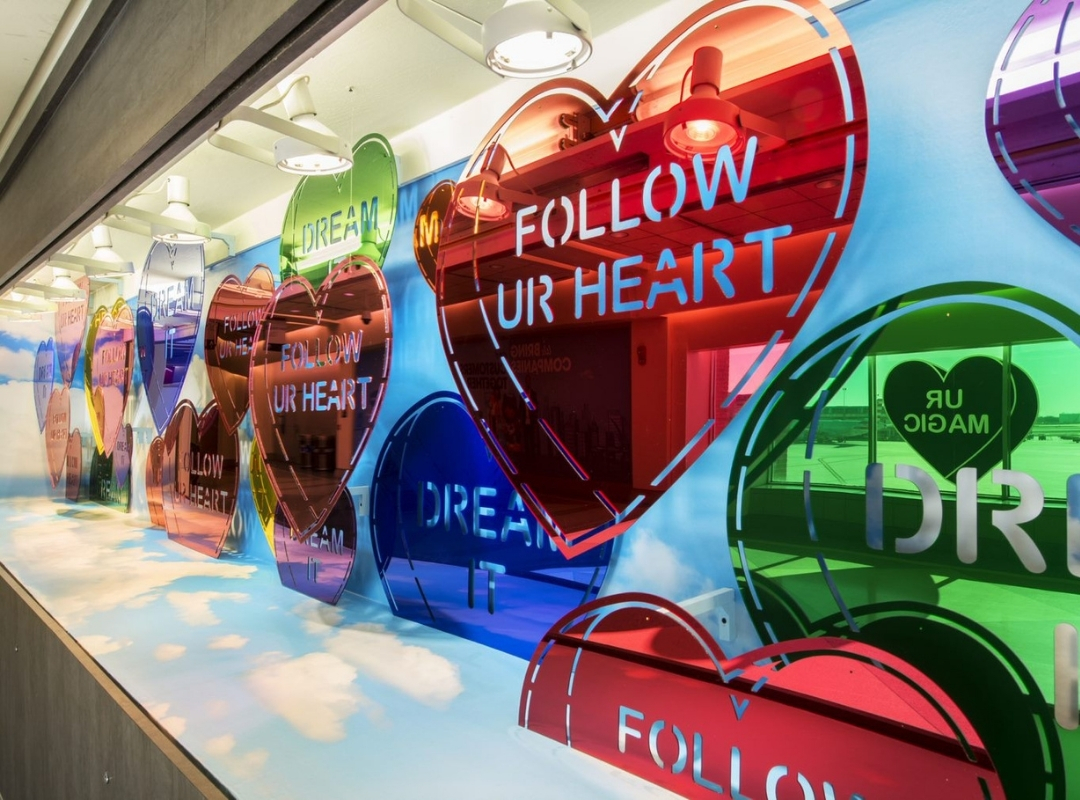

.png?width=35&height=35&length=35&upsize=true&upscale=true&name=Delilah%20(2).png)